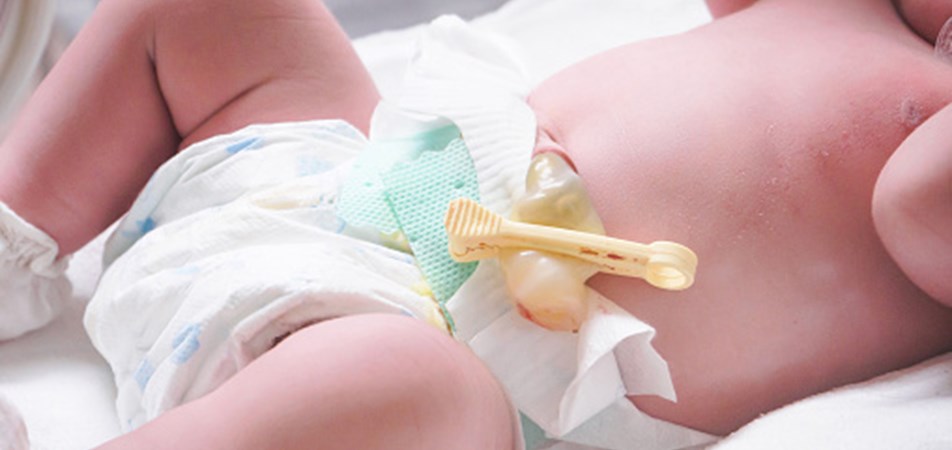To recover your password please fill in your email address
Please fill in below form to create an account with us

OUR IMPACT
For every 20 very preterm infants whose cord is clamped at 60 seconds rather than by 10 seconds after birth, there will be one more survivor without disability.
|
ORIGIN |
Worldwide, about 1 million babies are born before 30 weeks' gestation annually. In high-income countries, about 25% die or face increased risks of impairment and disability in childhood; the burden of mortality and impairment is greater in low-income and middle-income countries. Focused improvements in perinatal and newborn care could substantially improve under-5 mortality rates. Delaying clamping of the umbilical cord in very preterm infants is a simple, universally affordable procedure that might improve hospital mortality rates and neuro development in early childhood, but more evidence is needed. Recommended durations of delayed clamping vary from between 30–60 s to 3 min. |
|
STUDY OVERVIEW |
The Australian Placental Transfusion Study (APTS) was the largest ever randomised controlled trial of placental transfusion in very preterm babies. APTS aimed to find out whether immediate cord clamping (clamping within 10 seconds of delivery) or delayed cord clamping (waiting at least 60 seconds before clamping) was better for premature babies in the short term and the long term. The APTS Childhood Follow Up Study was the largest world-wide two-year follow up of pre-term cord clamping. |
|
PARTICIPANTS |
Over 1600 babies born at less than 30 weeks' gestation from 25 hospitals in 7 countries participated in the study. |
|
FINDINGS |
APTS The main measurement for this study was the number of babies who survived without major illness to 36 weeks post-menstrual age – close to the time a full-term baby is born. In this study, “major illness” included serious health conditions affecting babies’ brains, eyes or intestines, and infections. There was no difference between immediate and delayed clamping for the main measurement in APTS. However, the APTS study found that delayed clamping might reduce the number of premature babies who die before 36 weeks post-menstrual age. The researchers also reviewed all the relevant studies of delayed cord clamping in premature infants. When they analysed all these trials together, they found clear evidence that delayed clamping increased the number of babies who survived to leave hospital. They also found that delayed clamping is safe for mothers and premature infants.
APTS - 2 Year follow up Clamping the umbilical cord at least 60 s after birth reduced the risk of death or major disability at 2 years by 17%, reflecting a 30% reduction in relative mortality with no difference in major disability. |
|
DURATION |
2009 - 2020 |
|
COLLABORATORS |
IMPACT Clinical Trials Network of the Perinatal Society of Australia and New Zealand and the Australian and New Zealand Neonatal Network |
|
FURTHER READING |
APTS trial results have been published here. A summary of the results for APTS parents can be found here. Read news story A minutes delay could make a lifetime of difference |